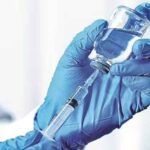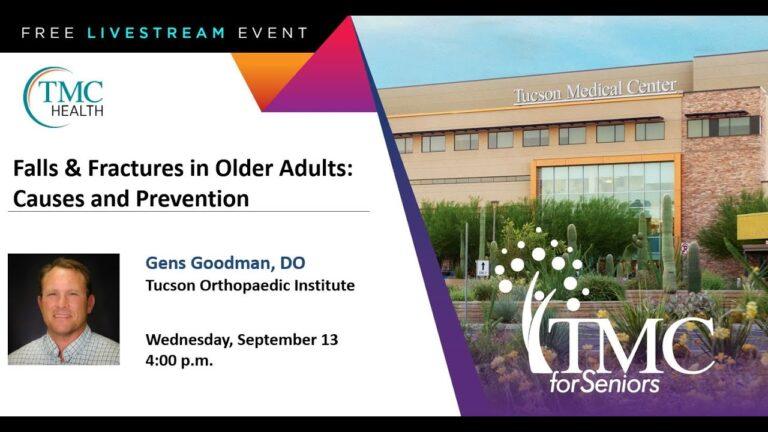STANFORD, Calif. — Stanford Medicine scientists have discovered that a molecule known for enhancing strength in aging or injured lab mice achieves this by reconnecting nerves and muscle fibers. This molecule hinders the activity of a particular aging-related enzyme, known as a “gerozyme,” called 15-PGDH.
Muscle frailty, scientifically termed sarcopenia, is estimated to affect around 30 percent of people aged over 80. This condition is a significant burden on the U.S. economy, costing approximately $380 billion annually.
“There is an urgent, unmet need for drug treatments that can increase muscle strength due to aging, injury or disease,” says Dr. Helen Blau, professor of microbiology and immunology at Stanford Medicine, in a university release. “This is the first time a drug treatment has been shown to affect both muscle fibers and the motor neurons that stimulate them to contract in order to speed healing and restore strength and muscle mass. It’s unique.”
The critical findings revealed that when the enzyme 15-PGDH is blocked, it aids in the restoration of connections between nerves and muscles. These connections, scientifically termed “neuromuscular junctions,” play a pivotal role in muscle contractions. As we grow older, we naturally lose some of these connections, leading to reduced muscle power and muscle wasting. In fact, people 50 and older typically lose up to 10 percent of their muscle strength each decade.
Strong Solution For Aging Muscles?
Conditions like spinal muscular atrophy and amyotrophic lateral sclerosis (often referred to as ALS) can also weaken these vital connections. Past studies by Dr. Blau’s team showed that a molecule named PGE2 is essential for muscle stem cells’ function, which helps in repairing damage.
“PGE2 is part of the body’s natural healing mechanism, and its levels increase in muscle after injury,” explains Dr. Blau. “We wanted to learn how age triggers an increase in 15-PGDH, and therefore the degradation and loss of PGE2.”
In their experiments, Stanford researchers observed that when treated with a drug that inhibits 15-PGDH, mice with cut nerves in their leg muscles exhibited rapid nerve regrowth, quickly reestablishing contact with the muscle. This resulted in a faster recovery of muscle strength and function.
Dr. Blau and her team have plans to delve deeper, aiming to understand how blocking 15-PGDH stimulates nerve growth at a molecular level. They are also hopeful about commencing a clinical trial in the near future, aiming to provide solutions for individuals suffering from muscle-related issues due to age, disease, or injury.
“Our next steps will be to examine whether blocking 15-PGDH function in people with spinal muscular atrophy can increase lost muscle strength in combination with gene therapy or other treatments,” concludes Dr. Blau. “We are also looking at ALS to see if something like this might help these patients. It’s really exciting that we are able to affect both muscle function and motor neuron growth.”
The study is published in the journal Science Translational Medicine.
This content was originally published here.




















